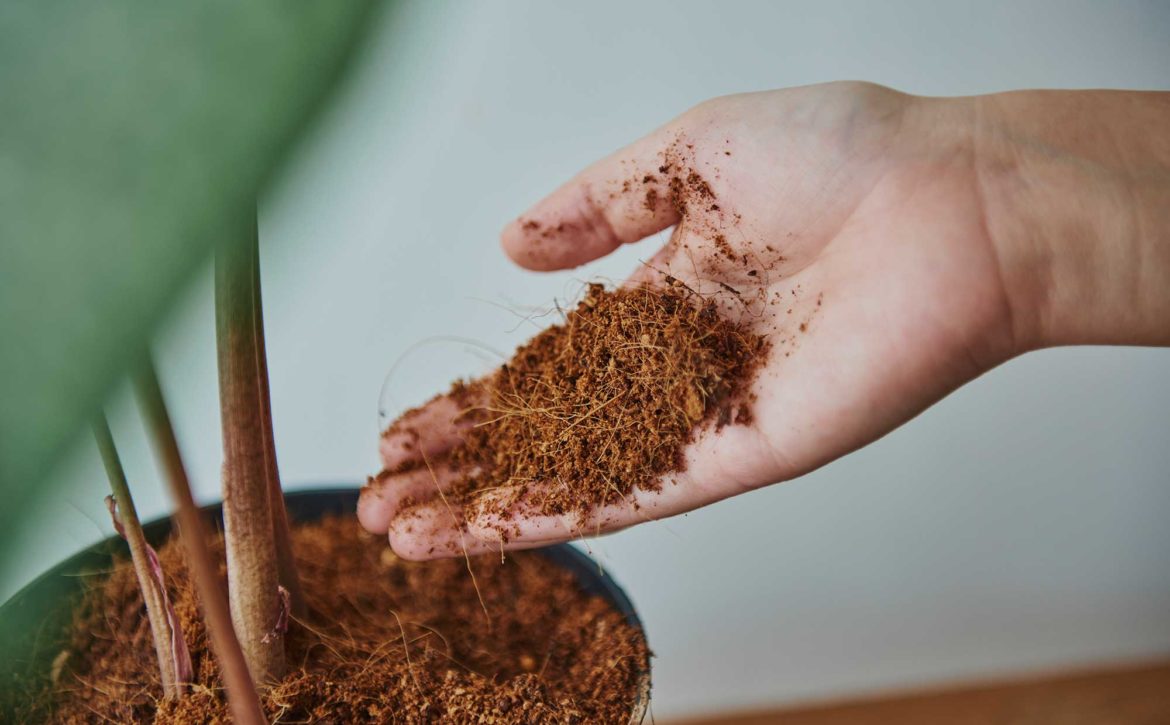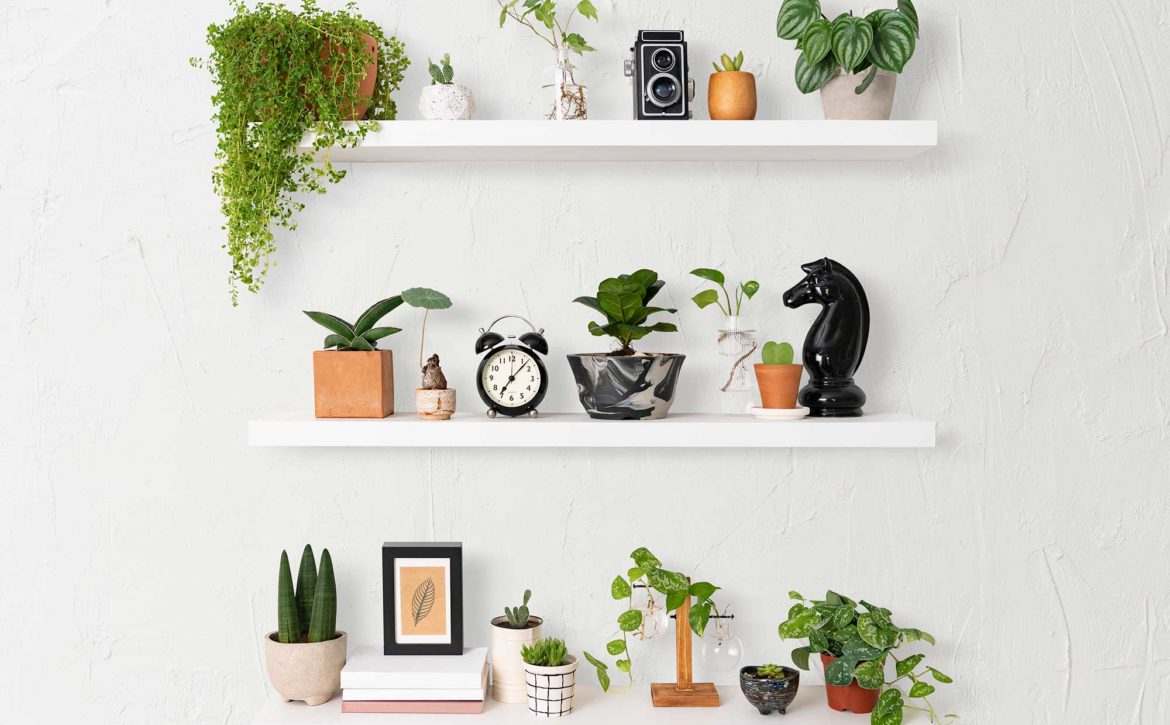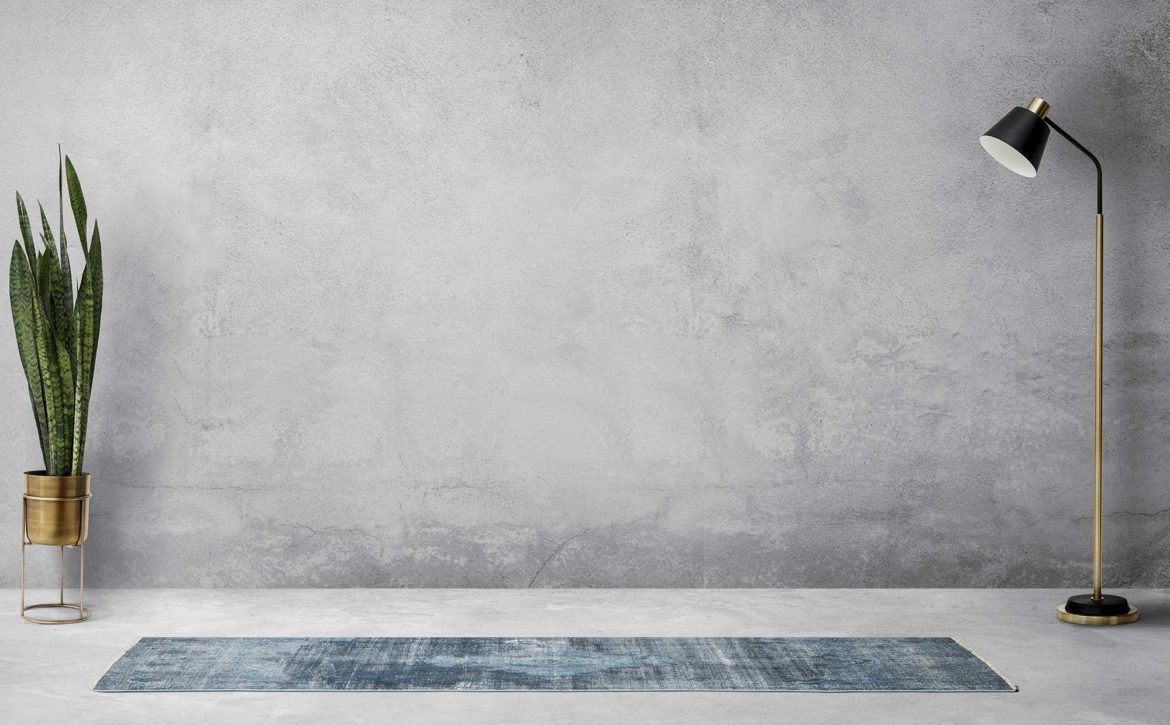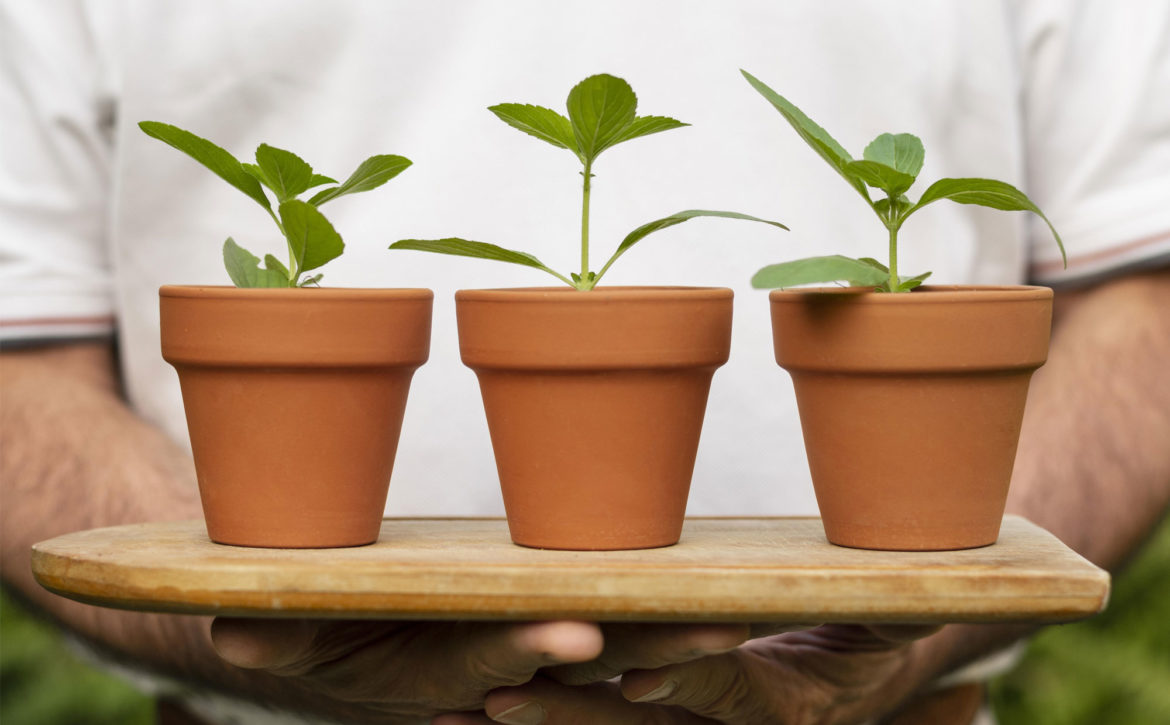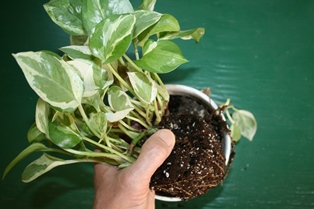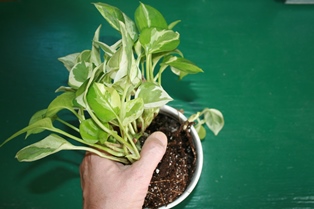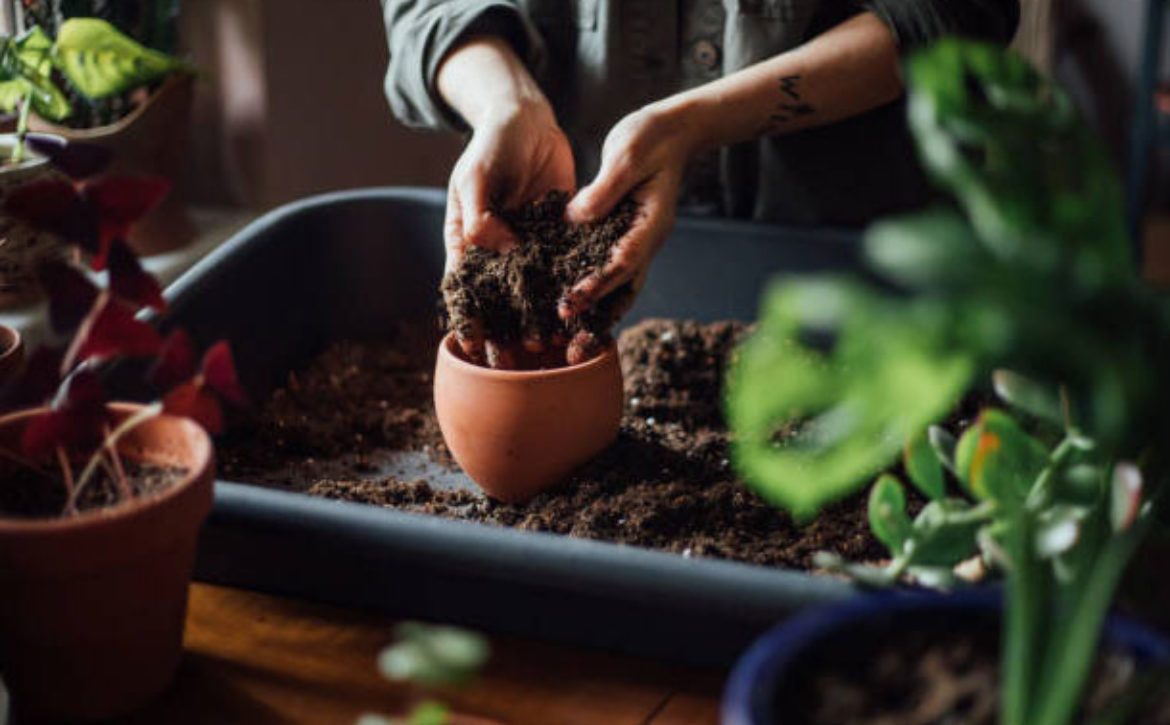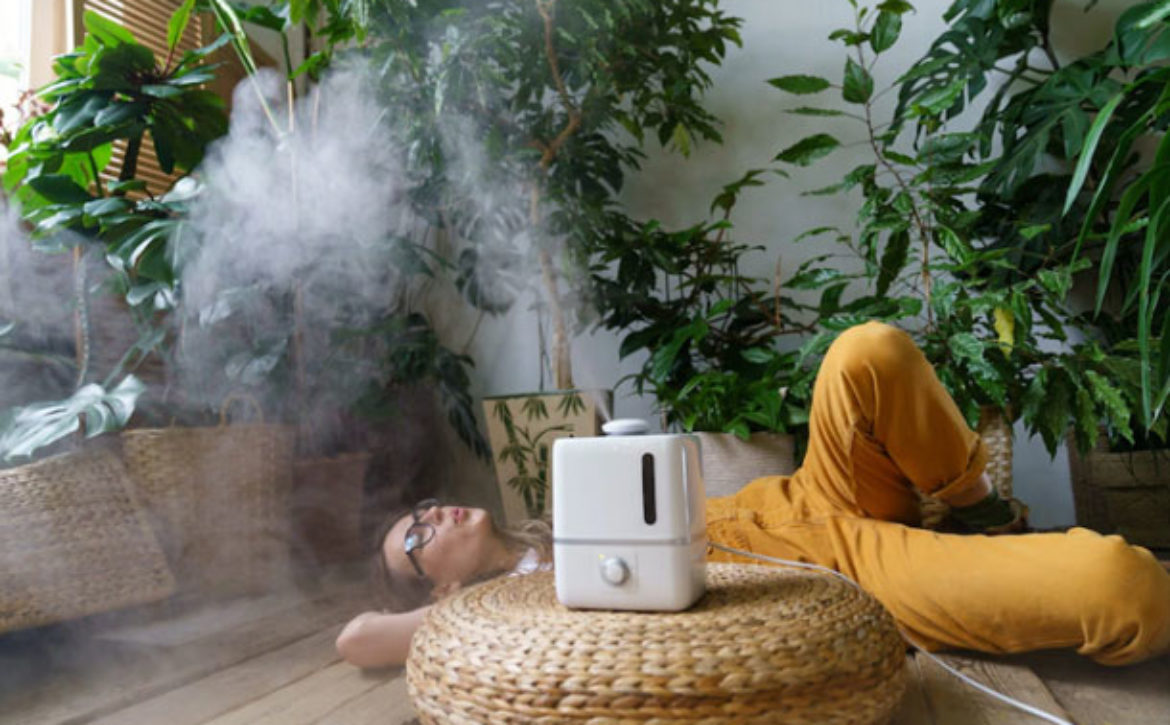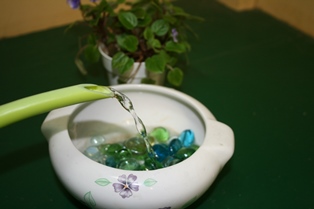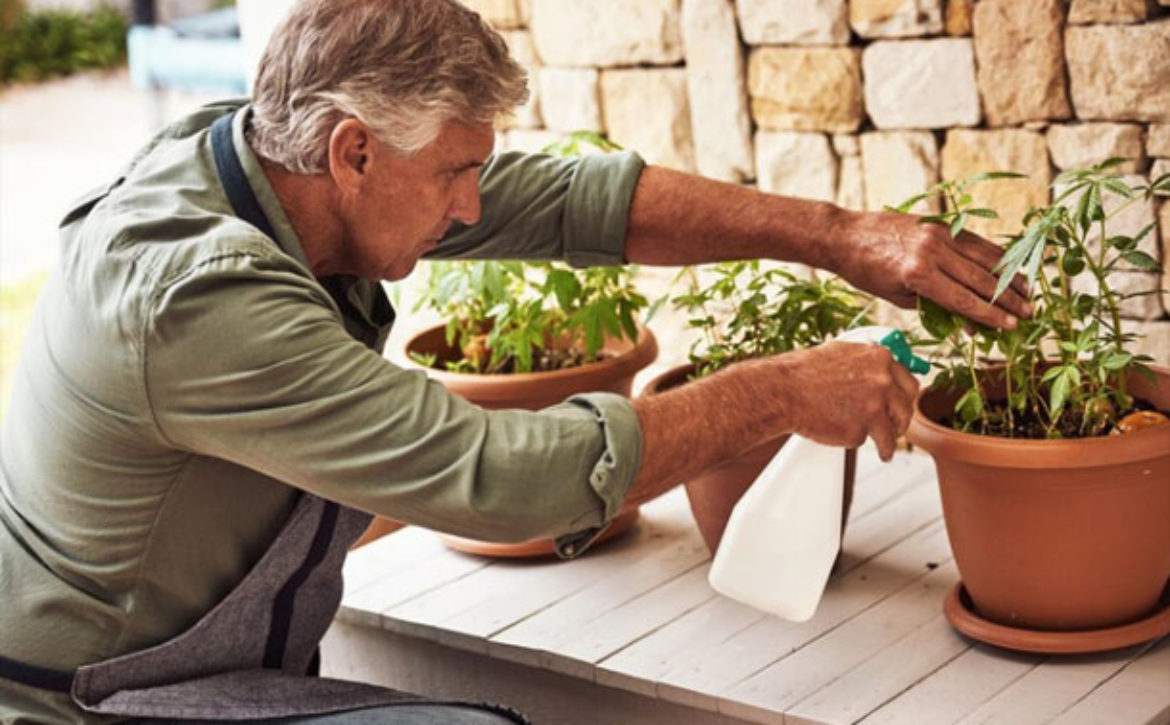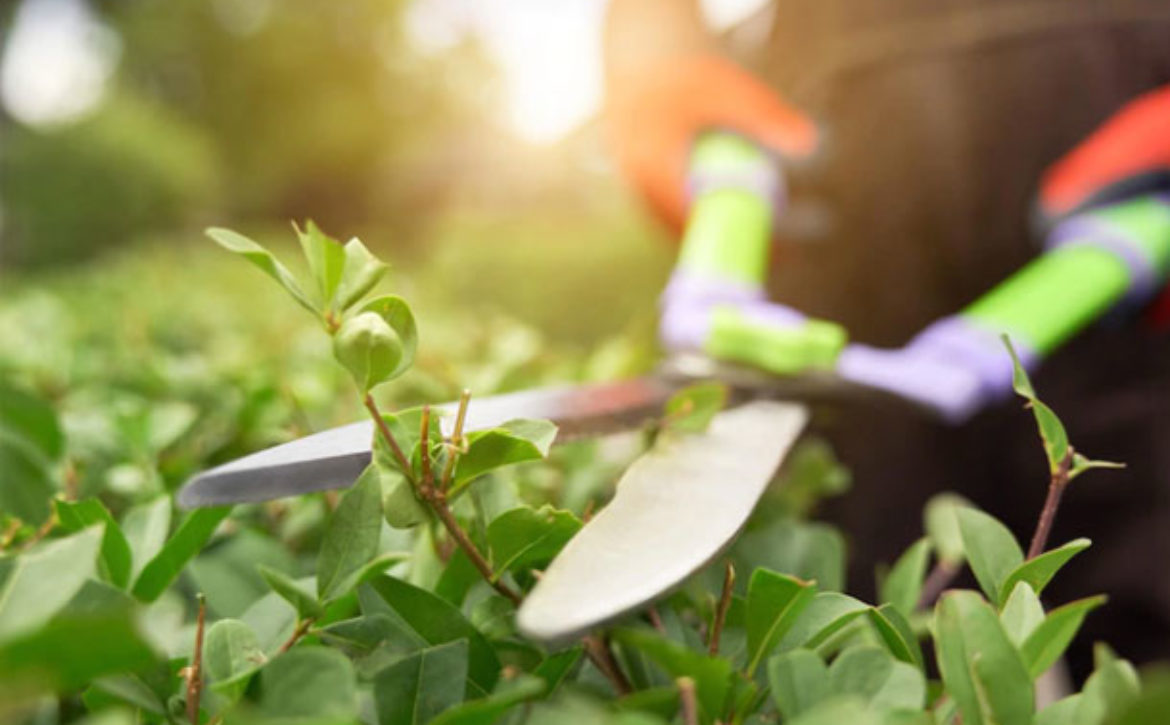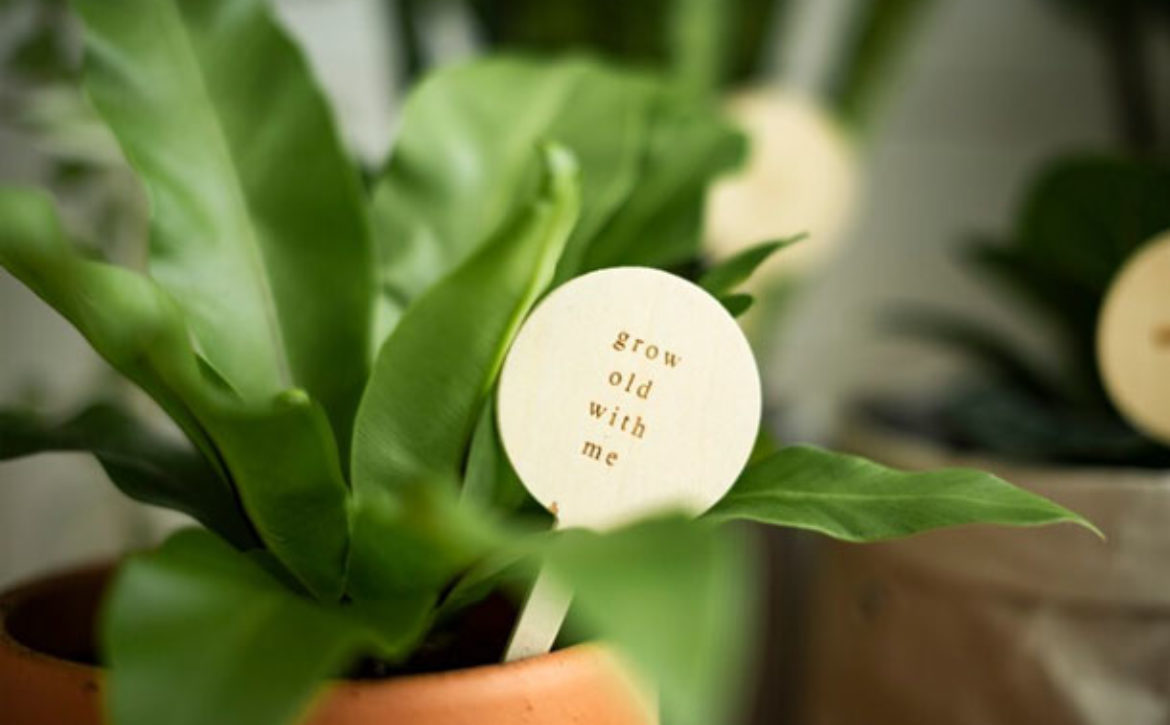Fertilizing Your Houseplants
Fertilizing Your Houseplants |
Feeding your houseplants an organic meal on a regular basis leads to happy, healthy houseplants. Organic fertilizers are preferable, because they nourish the soil, which in turn feeds your indoor garden.
Nurture houseplant soil with healthy fertilizers
A healthy soil creates a self-sustaining environment for your houseplants. When you nurture the soil by feeding with organic materials, you encourage things to work as nature intended. Enriching the soil with healthful organic ingredients encourages naturally occurring soil organisms to flourish, which gives your plants the tools they need to thrive.
Houseplant fertilizer key nutrients
You can spot an organic fertilizer by the N-P-K ratio, which is listed on most fertilizers. These numbers indicate the analysis of certain major nutrients required by plants, which are nitrogen, phosphorus and potassium.
Nitrogen is instrumental in chlorophyll production and stimulates leaf growth and greening. Phosphorus promotes sturdy cell structure, root growth and fruit and flower production, and potassium is responsible for photosynthesis, water and nutrient management and strengthening plants against pests and diseases.
Look for a fertilizer with a low N-P-K, such as a 5-5-5, 10-10-10 or 10-15-15. Fertilizers with numbers like 30-50-50 or 50-50-50 are usually chemical in nature and should be avoided.

Good houseplant fertilizer ingredients
Nutrient-rich organic fertilizers contain a number of healthful ingredients that promote natural growth. Look for fertilizers with alfalfa meal, which contains nitrogen and the natural growth stimulant triacontanol; bloodmeal, which is a rich source of nitrogen; guano, which contains nitrogen, phosphorus, potassium and calcium, and kelp meal, which has a variety of trace minerals, as well as potash and amino acids and vitamins. Epsom salt is another good ingredient, as it provides magnesium and sulfur.
Mycorrhizae are an additional helpful fertilizer amendment. These are naturally occurring microscopic fungi that encourage root development and stronger, healthier plants.
When to fertilize your houseplants
Signs that your houseplants need feeding include yellow leaves, less new growth and smaller than usual growth when you get it. Prevent your houseplants from becoming nutrient-deficient by fertilizing once a month from March – October.
How to fertilize your houseplants
Feed your houseplants with a liquid or granular fertilizer. If using a granular fertilizer, take a pencil or object smaller in diameter and make puncture marks in the soil every 2 to 3 inches, about 3 to 4 inches deep. Sprinkle the granular fertilizer in the holes and backfill with soil. Water well.
Besides using them to feed plants through the soil, liquid fertilizers can also be used to create a foliar food that can be sprayed on houseplant leaves. Foliar feeding is fast-acting and especially useful when the plants are experiencing a nutrient deficiency.



